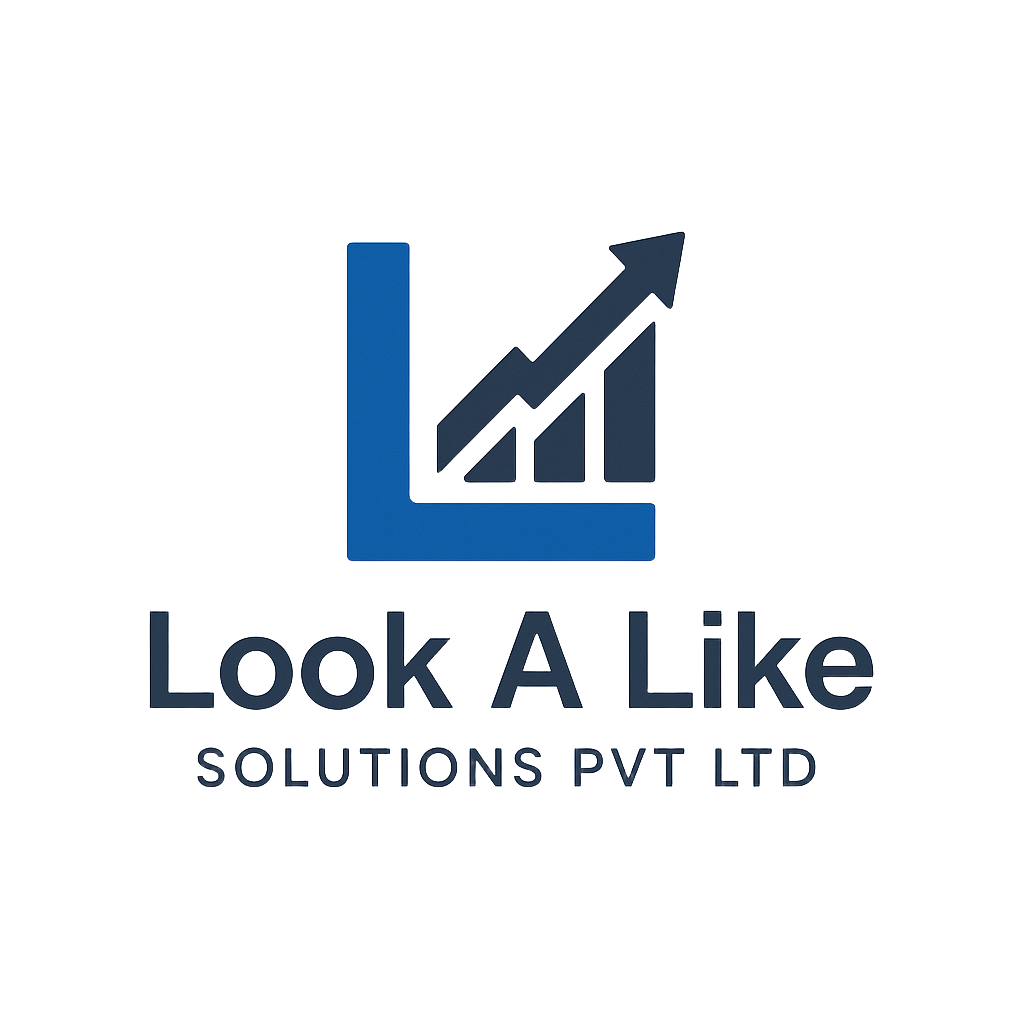Australia —785 15h Street, Office 478 Melbourne, De 81566
Data Analytics
Get in Touch
Contact Info
-
-
infoyour@email.com
-
+0 548 492 4585

Data Analyst
Data analytics, also known as data analytics, is the process of examining, transforming, and interpreting raw data to uncover valuable insights, patterns, and trends. It involves using different techniques and tools to extract meaningful insights from large data sets, enabling businesses and organizations to make informed decisions, identify opportunities and optimize their strategy. Key components of data analytics include:
- Data collection: The first step in data analysis is to collect relevant data from a variety of sources. This data can be structured (e.g. database, spreadsheet) or unstructured (e.g. text, images, social media posts). The quality and completeness of the data is crucial for accurate analysis.
- Clean and prepare data: Raw data often contains errors, missing values, or inconsistencies. Data analysts clean and pre-process data to ensure accuracy and consistency, making it suitable for analysis.
- Data storage and management: Large datasets may require storage in a database or data warehouse for efficient processing and retrieval during analysis.
- Data analysis techniques: Data analysts use a wide range of statistical, mathematical, and machine learning techniques to explore data, discover patterns, and gain insights. Common methods include descriptive statistics, regression analysis, clustering, classification, and time series analysis.
- Data visualization: To communicate results effectively, data analysts use data visualization tools to create charts, graphs, and dashboards. Visual representations make it easier for stakeholders to understand complex data patterns.
- Predictive analytics:It involves the use of historical data and statistical algorithms to make predictions about future events or outcomes. It is commonly used in forecasting, risk assessment and decision making. 7. Analysis according to regulations: In addition to predictive analytics, prescriptive analytics recommends actions or strategies to optimize results based on data analysis and possible scenarios.
Data analytics is widely used in different industries and fields:
- Sales and Marketing: Companies analyze customer data, sales trends, and marketing campaigns to improve customer engagement, target the right audience, and improve profitability.
- Health care: Data analytics helps healthcare providers diagnose patients, plan treatment, and forecast outbreaks.
- Finance: Financial institutions use data analytics to detect fraudulent activity, assess credit risk, and optimize investment strategies.
- Manufacture: Manufacturers use analytics to optimize manufacturing processes, predict equipment failures, and reduce downtime.
- Social network: Social media platforms use data analytics to recommend content, target ads, and better understand user behavior.
- Transportation and logistics : Data analytics is used to optimize routes, manage supply chains and improve delivery efficiency.
Advances in technology and the availability of big data have dramatically improved data analytics, making it an essential tool for organizations to stay competitive and make informed decisions. on data.
